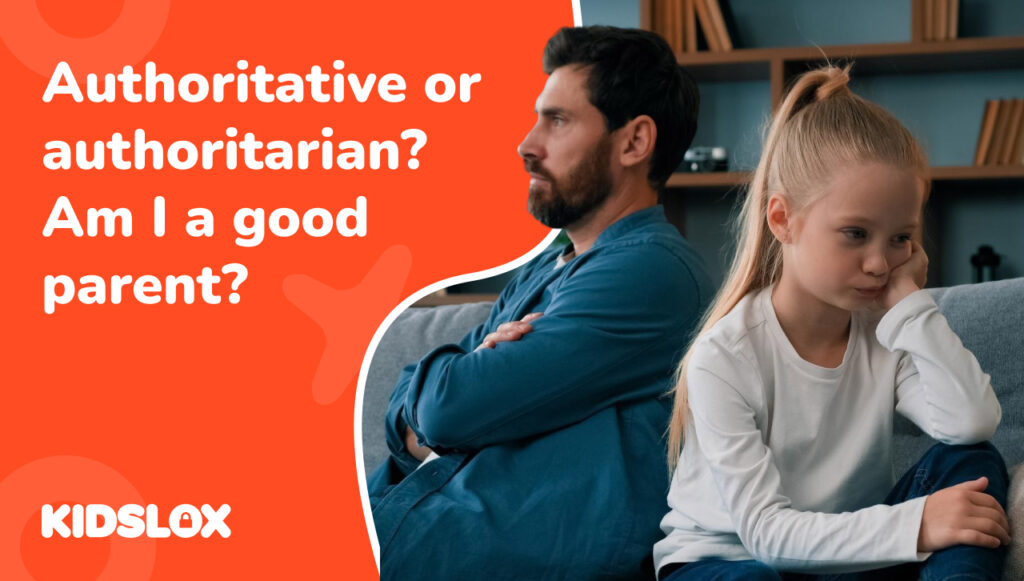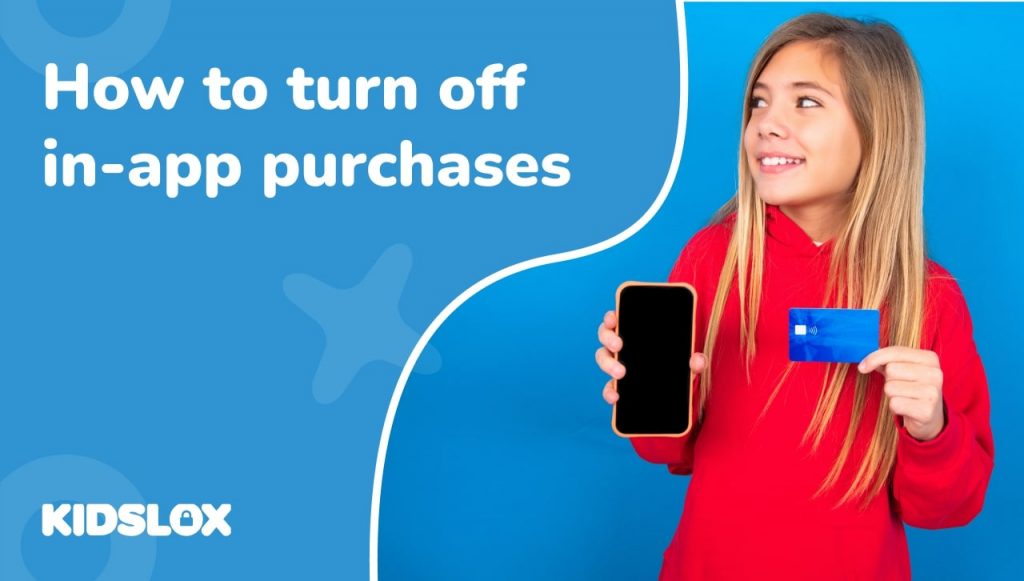Which countries have banned the app and why?
In the ever-evolving landscape of social media, TikTok has emerged as one of the most popular of all the platforms, particularly with teens and young people. Its rapid rise, however, has not come without concerns and controversies, especially from parents mindful of their children’s online safety.
The recent buzz around TikTok has shifted from its viral content to debates over its legality, with various countries imposing bans, most notably in the United States. Here’s a breakdown of the key issues:
- Data Privacy and Security
TikTok’s ownership by ByteDance, a Chinese company, has raised alarm bells among U.S. lawmakers and officials. The primary concern is that TikTok may be compelled to share user data with the Chinese government under China’s national security laws. Given the app’s popularity, with over 150 million U.S. users, the fear is that sensitive data, including personal information and browsing habits, could be accessed or misused.
- Potential Risks: Critics argue that this could lead to espionage or surveillance, especially of government officials, journalists, and other influential figures.
- Government Devices: TikTok is already banned on federal and government devices in the U.S. and Canada to mitigate risks.
- Influence on Minors
TikTok’s primary user base consists of teens and young adults, raising concerns about its impact on mental health, safety, and development.
- Inappropriate Content: The algorithm sometimes exposes young users to harmful content, including videos promoting eating disorders, self-harm, or dangerous challenges.
- Addiction: TikTok’s highly engaging algorithm is often described as addictive, leading to excessive screen time among kids and teens.
- Online Safety: The platform has faced criticism for exposing young users to predators, online bullying, and potential exploitation.
- Spread of Misinformation
- TikTok’s short-form video format makes it easy for misinformation to spread rapidly, particularly during elections or crises. False or misleading content on topics like health, politics, and world events has sparked worries about its potential to influence public opinion.
- National Security
Lawmakers worry that TikTok could be used as a tool for propaganda or influence operations by a foreign government. There are concerns that its algorithm could prioritize certain narratives or suppress others, swaying public opinion or creating division.
The U.S. TikTok Ban – a Timeline:
As of January 2025, TikTok’s status in the United States remains in flux, marked by legal battles, executive interventions, and ongoing debates over national security and free speech.
- Supreme Court Ruling: On January 17, 2025, the U.S. Supreme Court unanimously upheld the Protecting Americans from Foreign Adversary Controlled Applications Act (PAFACA), mandating that TikTok’s parent company, ByteDance, divest its U.S. operations by January 19, 2025, or face a nationwide ban.
- Temporary Reprieve: In response to the impending ban, President Donald Trump issued an executive order on January 20, 2025, granting a 75-day extension for ByteDance to secure a U.S. buyer for TikTok. This move temporarily restored the app’s functionality after a brief shutdown.
- Ongoing Negotiations: Potential buyers, including tech entrepreneurs Larry Ellison and Elon Musk, have been suggested, but no definitive agreements have been reached. The situation remains dynamic, with the possibility of further legal challenges and negotiations in the coming weeks.
What Does it Mean for Creators and Users?
The uncertainty surrounding TikTok’s future in the U.S. poses challenges for users, particularly parents concerned about their children’s online activities. While the app is currently operational, its availability and functionality could change rapidly based on legal and corporate developments.
- Stay Informed: Regularly monitor reputable news sources for updates on TikTok’s legal status and any potential bans or restrictions.
- Discuss Digital Safety: Engage in open conversations with your children about online safety, emphasizing the importance of being cautious with personal information and recognizing potential risks.
- Explore Alternatives: Consider introducing your children to alternative platforms that prioritize safety and privacy, ensuring they have a secure space for digital expression.
- Utilize Parental Controls: Make use of device and app-specific parental controls to monitor and manage your children’s online activities effectively.
- By staying proactive and informed, parents can navigate the evolving digital landscape and ensure their children’s online experiences remain safe and positive.
What is it that makes TikTok so popular, and why are governments concerned about it?
At its core, TikTok is an app that thrives on creativity and connectivity (as well as a very sticky algorithm!). Its appeal lies in its unique blend of short-form video content, where users can express themselves through music, dance, comedy, and a variety of other genres. This format particularly resonates with younger audiences who value quick, engaging, and easily digestible content.
However, this popularity among children and teenagers raises significant concerns for parents. The primary worry is exposure to inappropriate content, given the vast and largely unregulated nature of the platform. TikTok’s algorithm-driven content can sometimes lead to a feed full of videos that are not age-appropriate. Moreover, issues like online bullying, data privacy, and potential contact with strangers add to the apprehension.
For parents, the challenge is to balance their children’s desire for digital expression and social interaction with the need for safety and appropriate content. Understanding TikTok’s mechanics, its appeal, and its potential risks is the first step in achieving this balance.
The debate over TikTok transcends mere social media trends, touching on broader issues of digital safety, privacy, and international relations. Globally, governments have scrutinized TikTok, leading to outright bans in some cases. The rationale for these bans varies, often encompassing concerns about data privacy, national security, and the platform’s potential for spreading misinformation.
One of the first notable bans occurred in India in 2020. The Indian government cited national security concerns due to TikTok’s Chinese origins, amidst escalating geopolitical tensions. This move set a precedent, prompting other countries to reevaluate their stance on the app.
China, where TikTok originated as ‘Douyin’, has its version of the app with stringent content regulations aligning with local laws and cultural norms. Interestingly, while TikTok operates globally, its presence in China is through its counterpart, Douyin, reflecting the different content and operational standards within the country.
Other countries, including Pakistan and Bangladesh, have also flirted with TikTok bans, primarily citing moral and cultural reasons. These bans, however, have often been temporary, lifted after agreements on content regulation were reached with the app’s developers.
This global patchwork of responses to TikTok highlights a complex web of issues that parents should be aware of. The reasons for bans differ from country to country, but the underlying themes of digital safety and national security are constant. For parents, this international perspective is vital to understand the broader context in which their children are engaging with the app.
Are all countries concerned about TikTok bans?
Despite bans in certain countries, TikTok remains widely accessible and popular around the globe. In many regions, the app continues to thrive.
In the United States, despite ongoing discussions and legal challenges, TikTok is still operational, with a massive user base among young Americans. Similarly, in European countries like the United Kingdom, France, and Germany, TikTok has not faced an outright ban but is subject to discussions about tighter regulations to protect user data and privacy.
Latin American countries, including Brazil and Mexico, also continue to provide a robust market for TikTok, with no current bans in place. The story is similar in many Asian countries outside of India, like Japan and South Korea, where TikTok enjoys popularity without significant legal restrictions.
For parents, this global diversity in TikTok’s accessibility means that the app’s presence in their children’s lives depends largely on regional legal and regulatory frameworks. Staying informed about the status of TikTok in their respective countries and any potential changes becomes essential for guiding their children’s safe usage of the app.
The varied global stance on TikTok, ranging from outright bans to unrestricted access, has significant implications for parents trying to navigate their children’s online safety. Which approach is the right one? In countries where TikTok is banned, parents face the challenge of addressing their children’s disappointment and guiding them towards alternative platforms or activities. These bans can also lead to the rise of similar apps, which may not have the same level of scrutiny or safety features as TikTok, posing new challenges for digital parenting.
In regions where TikTok is operational, the onus falls on parents to ensure their children’s safety on the platform. This involves actively engaging with the app’s privacy settings, monitoring content, and having open discussions with children about the responsible use of social media. Parents need to be especially vigilant about the content their children are exposed to and the information they share on the platform.
Regardless of TikTok’s legal status, the key for parents is to stay informed and proactive. Understanding the reasons behind the bans can help parents contextualize the concerns around TikTok and shape their approach to managing their children’s digital presence, whether on TikTok or similar platforms.
Strategies for Parents to Protect Kids Online
In an era where digital platforms like TikTok play a significant role in children’s lives, it’s crucial for parents to adopt effective strategies to safeguard their online experience. Here are some actionable tips you can put into practice today.
Open Communication: Start by having a casual chat with your kids about what they’re doing online. It’s not just about saying “don’t do this or that” but more about understanding what excites them on platforms like TikTok. Explain why sharing personal info isn’t safe and help them discern what’s appropriate to share and what’s not.
Educate About Online Etiquette: Think of the internet as if it were a big city. You want your kids to be the kind citizens who spread positivity. Teach them how their words and actions online can impact others. Explain how their digital footprint can last a lifetime and be seen by everyone. It’s all about treating others as they’d like to be treated.
Use Parental Control Tools: Parental controls are an added layer of security in your TikTok and other apps have these built-in features that let you keep an eye on what your kids are up to. It’s not about spying; it’s about ensuring they’re playing in the safe online. Kidslox can help you to manage the technical side of parenting in the digital world.
Set Boundaries: Set some ground rules regarding time limits online, what apps you agree on and who they can socialise with digitally. Make sure they’re spending enough time in the real world too – maybe playing a sport, reading, or just hanging out with family.
Stay Informed: The digital world is always evolving, making it important to keep up with the latest apps, trends, and safety features. This isn’t just about keeping tabs on your kids; it’s about understanding the universe they’re exploring. The more you know, the better you can guide them.
Lead by Example: If you’re glued to your screen 24/7 or sharing your life online, your kids might follow suit. Show them how to use social media wisely and responsibly. Your digital habits set the stage for theirs, so make responsible tech use something the whole family takes part in.
By combining these strategies with a keen awareness of the evolving digital landscape, parents can create a safer online environment for their children, whether TikTok is part of their digital world or not.





